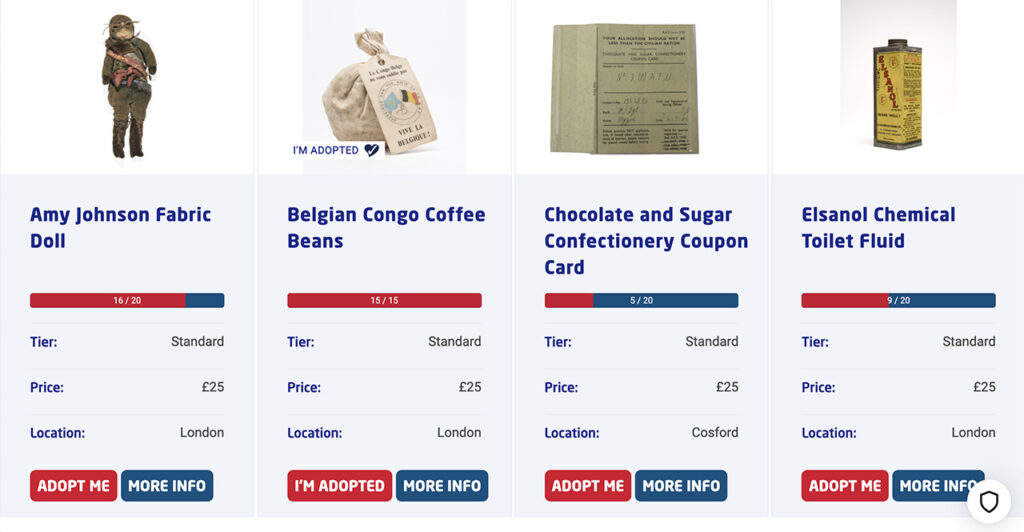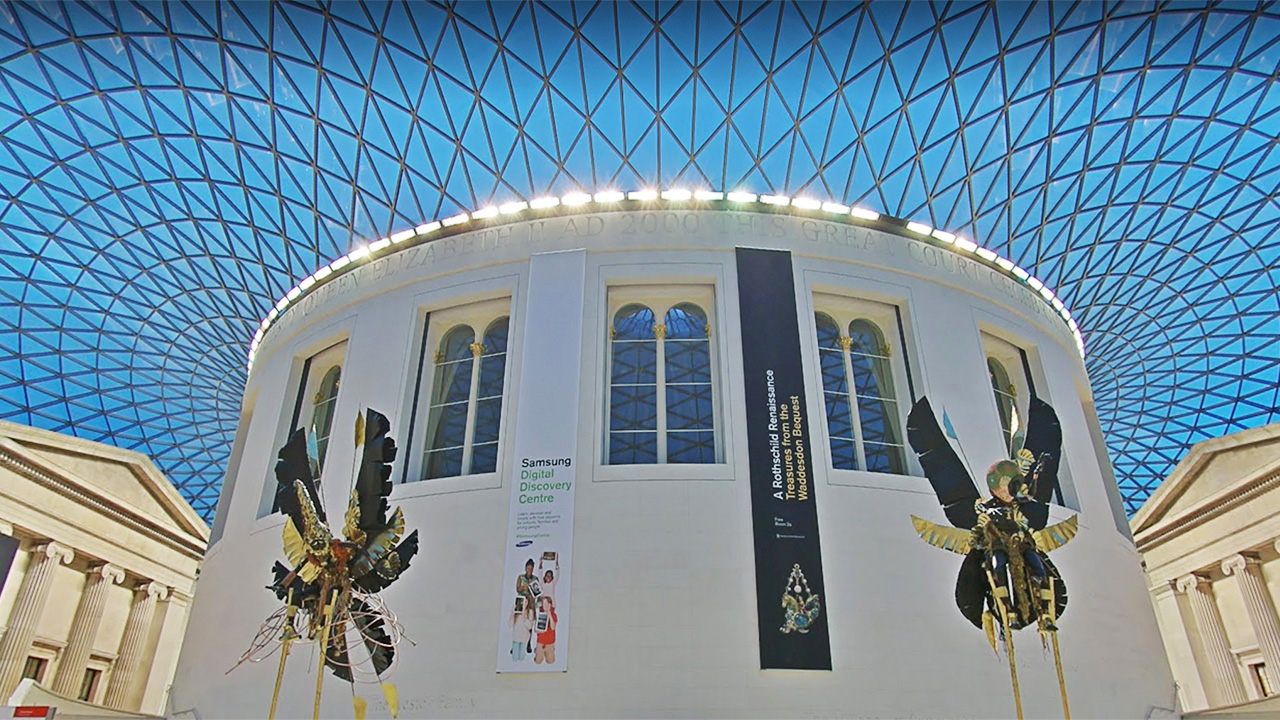Reopening museums and cultural centers requires a delicate balancing act between traditional museum practices and newly arrived digital formats. According to Lawrence Chiles of the National Gallery of London, virtual galleries quadrupled over the past year of lockdown, and they’re here to stay. As institutions begin to welcome onsite visitors, their transition from digital to physical to produce hybrid experiences requires both flexibility and personalization — accomplished by building media presence, lasting partnerships, and revenue streams from their digital offerings.
In Museums and Heritage’s latest Summer Series, which ran from July 14 to 15, industry leaders from an array of museums and galleries highlighted the importance of reorienting specific organization goals. Collaboration and a willingness to experiment, after all, will be the keys to unlocking successful hybrid models of the future. Here are four essential strategies.
Immersive storytelling
If the past year-and-a-half of lockdown has shown anything, it’s that people are looking to connect — and museums provide excellent entries to the cultural experience. Immersive storytelling projects, like the Museum of London’s lockdown diaries series, successfully convey relatable and personalized content, aided by the accessibility of digital platforms. To extend this experience in a hybrid format will require increased consideration of physical audience interaction and participation, alongside flexible content creation for multi-platform distribution. For example, the Royal Air Force Museum’s Adopt an Artefact initiative, which invites visitors to adopt an object from the institution’s vast collection for a fee, offers adopters the opportunity to learn more about their item and donate to the museum, while also being recognized in a dedication message they can view on-site.

The Adopt an Artefact initiative by the Royal Air Force Museum invites audience participation and involvement in the institution’s collections, while ensuring it a source of revenue. Image: Royal Air Force Museum
Creative media use
Effective storytelling can be harnessed through a multitude of platforms, especially creator-focused social spaces like TikTok or YouTube. With features like an algorithmically catered page for the user’s specific interests, content co-creation, and a Discover page full of trends that promote good storytelling, such platforms allow institutions to get creative with their content to maximize audience engagement. While it is easy to get caught up in follower and like numbers, the ultimate goal for museums remains physical visits to their actual sites. Edel Flood, Media Partnership Manager at TikTok, recommended paying close attention to formatting, hashtags, captions, and Discover page trends to help museums plan their posts accordingly.
Convert engagement to revenue
With a great online following comes great potential income streams. In order to successfully monetize audience engagement, museums and cultural institutions need to understand that retention is as important as recruitment. As Simon Prager and Nik Wyness, respectively Head of Commercial Operations and Head of Marketing and Engagement at the Tank Museum, underscored, online audiences are very different from in-person visitors. Over the past year, the Dorset institution translated online views into revenue through product placements in their social media posts and videos, digital advertising, and plugging Patreon memberships — effectively generating £1m of sales through their online shop alone. Crucially, though, institutions should also be transparent about funding allocation to better highlight donors’ contributions and investment in their operations.
Build lasting partnerships
Museums don’t have to be alone as they navigate the new hybrid landscape; partnerships can help them achieve specific objectives and broaden their reach. When approaching other cultural institutions for collaborations, “coming together needs to be mutually beneficial with complementary goals,” Kirstie Hamilton, Head of Exhibition Programming at Sheffield Museums, explains. By picking the right collaborator, establishing ground rules and regular dialogue, trust and longevity can slowly be built. Additionally, partnerships with players outside the cultural sector (for example, a streaming service or a tech company) provide museums with new tools and support, and above all, offer much-needed external perspective and the opportunity for experimentation.



